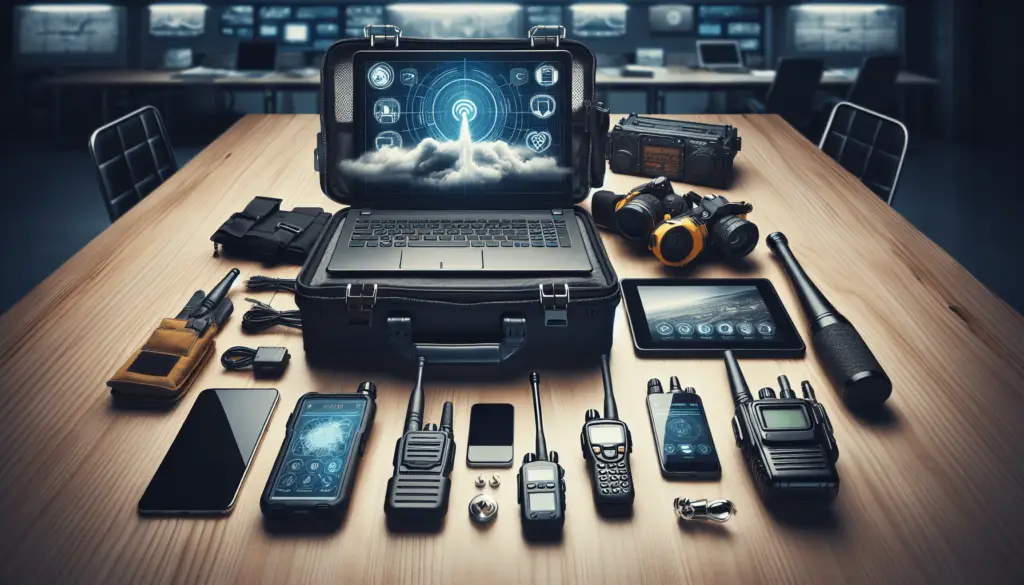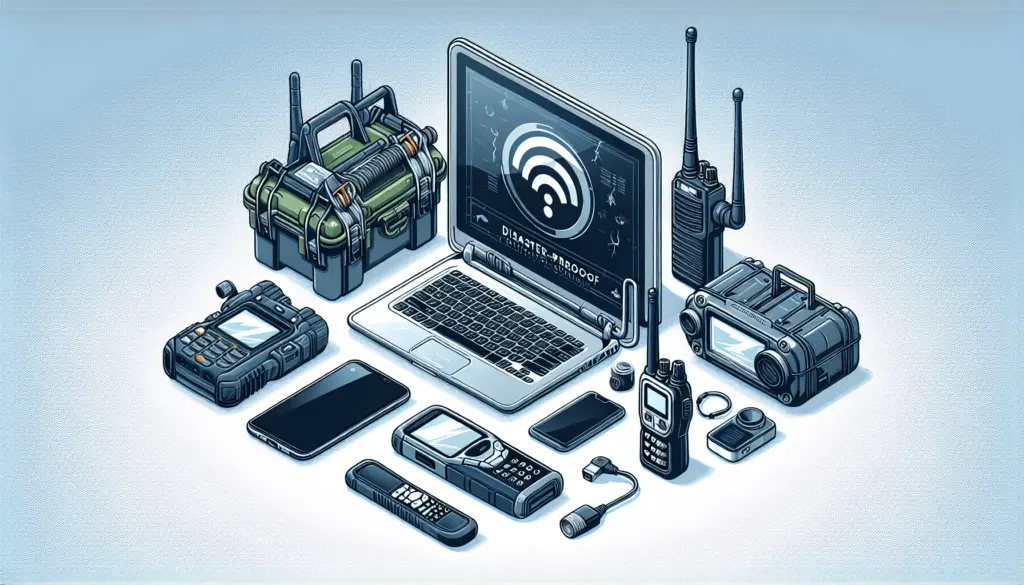Is Your Business Prepared For Communication During Emergencies?
When disasters strike, communication is crucial for the survival and recovery of businesses. Do you have a plan in place to ensure that communication remains effective and reliable during emergencies? In this article, we will discuss the tools and techniques you can use to build a disaster-proof communication plan for your business.
Why You Need a Disaster-Proof Communication Plan
Having a disaster-proof communication plan is essential for businesses of all sizes. During emergencies, such as natural disasters, cyber attacks, or pandemics, communication can be disrupted, making it challenging to reach employees, customers, and other stakeholders. A well-thought-out communication plan ensures that you can continue operations and provide necessary information to those who need it the most.
The Importance of Clear Communication
Clear communication is key during emergencies. It helps reduce confusion and panic, ensures that everyone is on the same page, and enables quick decision-making. A disaster-proof communication plan outlines how information will be shared, who will communicate it, and through which channels.
Building a Disaster-Proof Communication Plan
Developing a disaster-proof communication plan involves identifying potential risks, establishing communication protocols, and implementing the necessary tools to ensure seamless communication during emergencies. Here are some key steps to help you build a robust communication plan for your business.
Identifying Potential Risks
The first step in building a disaster-proof communication plan is to identify potential risks that could disrupt communication. These risks could include natural disasters, power outages, cyber attacks, or public health emergencies. By understanding the risks your business faces, you can create communication strategies to mitigate their impact.
Establishing Communication Protocols
Once you have identified the potential risks, you need to establish communication protocols that outline how information will be shared during emergencies. These protocols should include clear roles and responsibilities, designated communication channels, escalation procedures, and contact lists. By having these protocols in place, you can ensure that communication remains efficient and effective when it is needed the most.
Implementing Communication Tools
Having the right communication tools is crucial for maintaining connectivity during emergencies. There are several tools and technologies available that can help you communicate with your team, customers, and other stakeholders. Some popular communication tools include:
- Emergency Notification Systems: These systems allow you to send out mass notifications via text, email, or phone calls to alert employees and customers about emergencies.
- Collaboration Platforms: Platforms like Slack, Microsoft Teams, or Zoom enable remote collaboration and communication, allowing teams to stay connected even when they are not in the same physical location.
- Social Media: Social media platforms can be used to provide real-time updates to a broader audience during emergencies.
By leveraging these tools, you can ensure that communication remains seamless and efficient during emergencies.

Testing and Training
Once you have developed your disaster-proof communication plan and implemented the necessary tools, it is essential to test and train your team regularly. Testing your communication plan helps identify any gaps or weaknesses that need to be addressed, while training ensures that everyone knows their roles and responsibilities during emergencies.
Conducting Regular Drills
Regular communication drills are an effective way to test the effectiveness of your communication plan. These drills simulate various emergency scenarios and allow your team to practice their response and communication protocols. By conducting regular drills, you can identify areas for improvement and make necessary adjustments to your plan.
Providing Training and Education
Training and educating your team on the communication protocols and tools is crucial for ensuring that everyone knows how to communicate effectively during emergencies. Provide training sessions on using communication tools, conducting drills, and handling different types of emergencies. By investing in training and education, you can strengthen your team’s ability to respond to emergencies swiftly and efficiently.
Maintaining and Updating Your Communication Plan
Creating a disaster-proof communication plan is not a one-time task. To ensure its effectiveness, you need to regularly update and maintain your plan to reflect changes in your business operations, technology, and potential risks. Here are some tips to help you keep your communication plan up to date:
Regularly Reviewing and Updating Contact Lists
Contact lists are a crucial component of your communication plan. Regularly review and update contact information for employees, key stakeholders, emergency contacts, and vendors to ensure that you can reach them when needed.
Evaluating Communication Tools
Technology is constantly evolving, and new communication tools are developed regularly. Periodically evaluate your communication tools to ensure that they are still effective and meet your business needs. Consider upgrading to new tools that offer enhanced features or better security.
Conducting Post-Emergency Reviews
After an emergency or disaster, conduct a post-event review to evaluate the effectiveness of your communication plan. Identify what worked well and what areas need improvement. Use this feedback to make necessary adjustments to your plan and improve your response in future emergencies.

Conclusion
In conclusion, having a disaster-proof communication plan is essential for businesses to ensure that communication remains effective and reliable during emergencies. By following the steps outlined in this article and using the tools and techniques discussed, you can build a robust communication plan that helps your business weather any storm. Remember, communication is the key to survival during emergencies, so make sure you are prepared.
